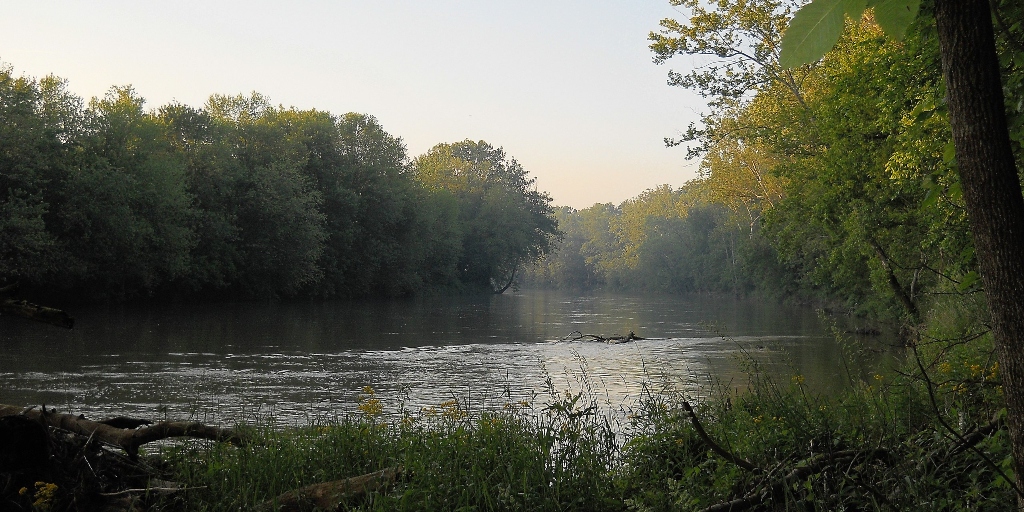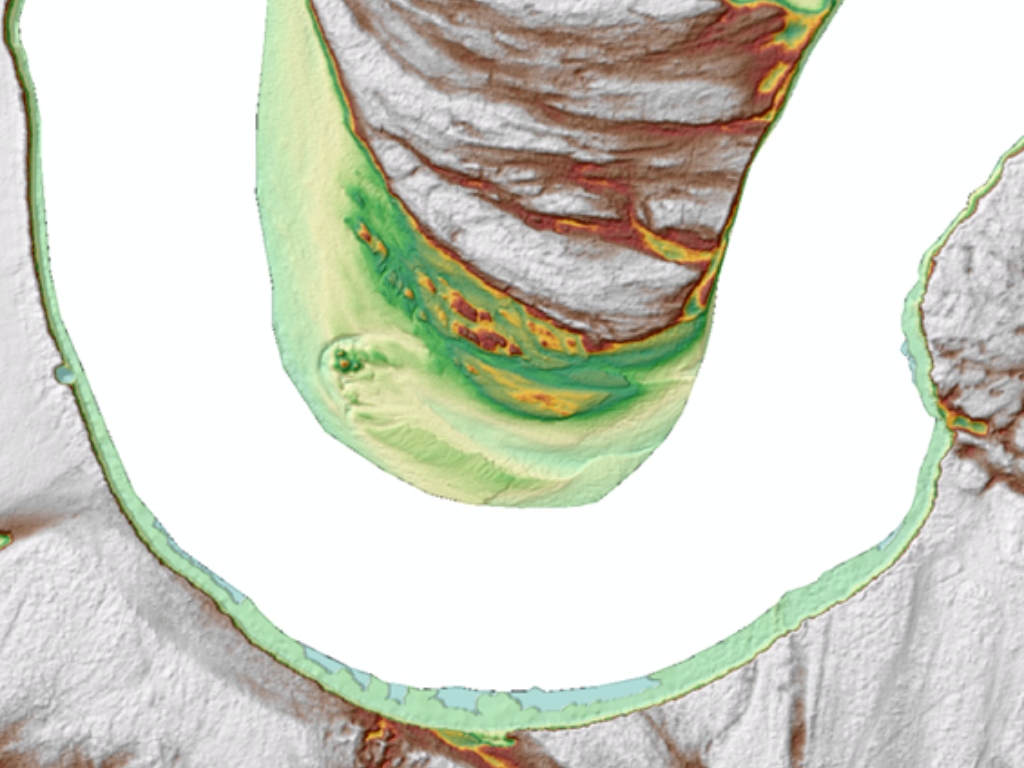The Problem
It has been said that no one ever steps in the same river twice. The adage may be doubly true in a time of persistent environmental change, as human and environmental factors influence these vital Indiana resources. Climate change is expected to increase the amount of precipitation in Indiana, and modern land use practices contribute to a higher level of sediment in rivers. IU researchers are working to understand how rivers change over time to project how they are likely to evolve in the future.





